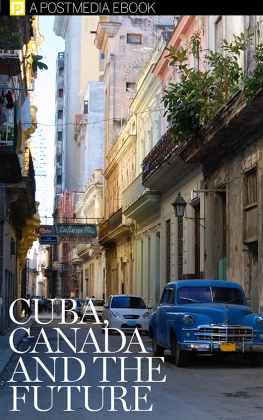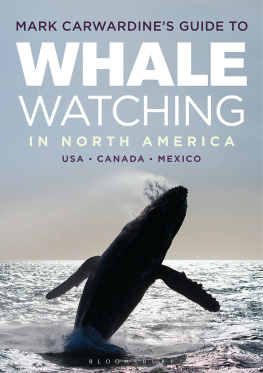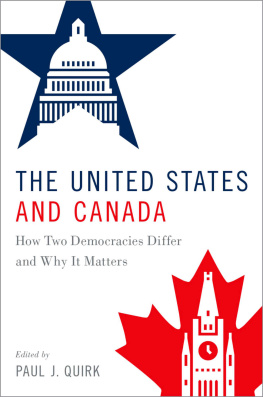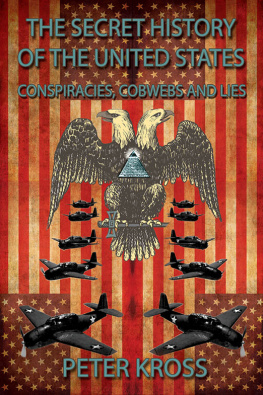
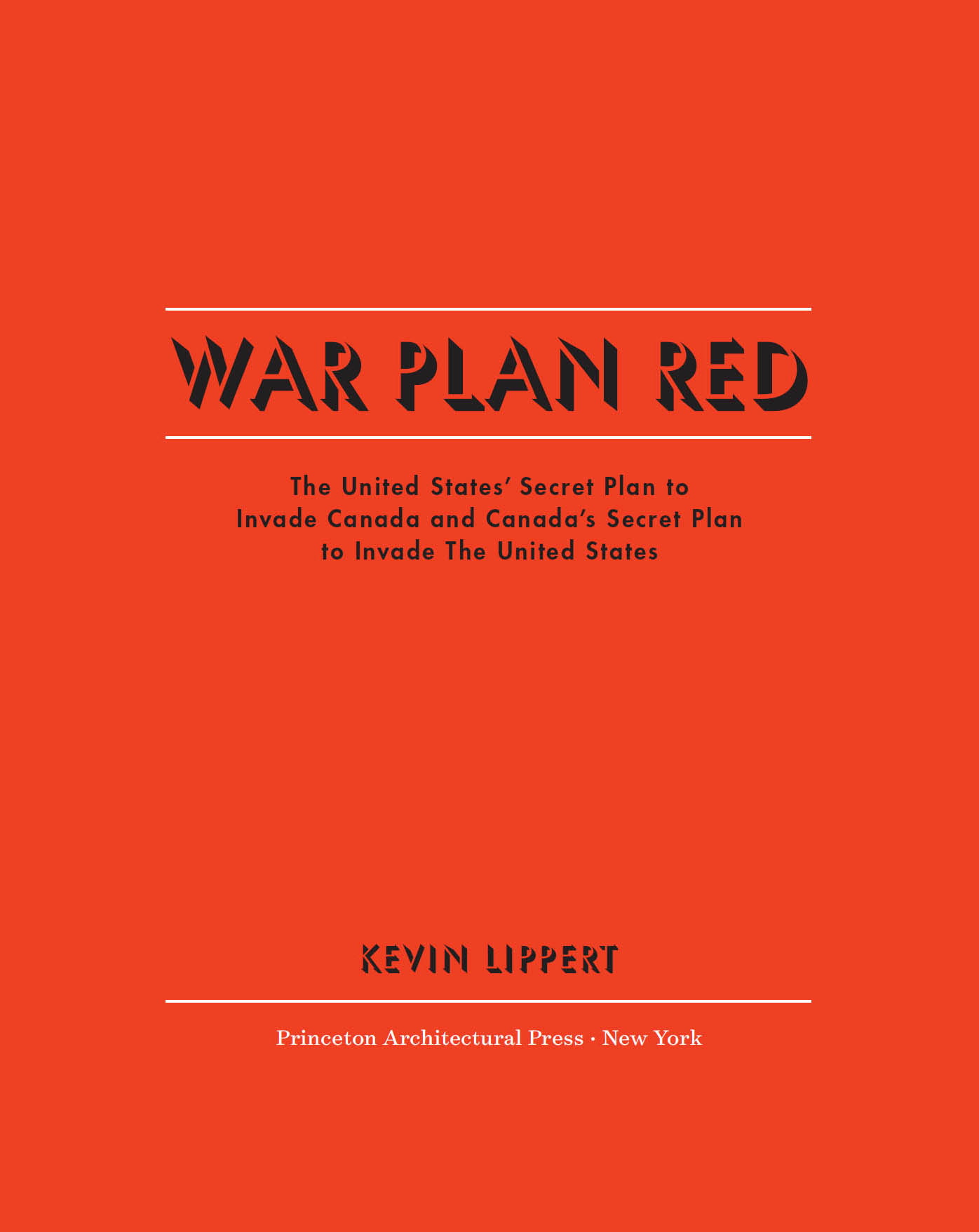
Published by
Princeton Architectural Press
37 East Seventh Street
New York, New York 10003
Visit our website at www.papress.com.
2015 Kevin Lippert
All rights reserved
ISBN: 978-1-61689-352-1 (pb)
ISBN: 978-1-61689-360-3 (epub, mobi)
No part of this book may be used or reproduced in any manner without written permission from the publisher, except in the context of reviews.
Every reasonable attempt has been made to identify owners of copyright. Errors or omissions will be corrected in subsequent editions.
Editor: Tom Cho
Designer: Mia Johnson
Special thanks to: Nicola Brower, Janet Behning, Erin Cain, Megan Carey, Carina Cha, Andrea Chlad, Barbara Darko, Benjamin English, Jan Cigliano Hartman, Jan Haux, Diane Levinson, Jennifer Lippert, Jaime Nelson, Rob Shaeffer, Sara Stemen, Marielle Suba, Kaymar Thomas, Paul Wagner, Joseph Weston, and Janet Wong of Princeton Architectural Press Kevin C. Lippert, publisher
Library of Congress Cataloging-in-Publication Data is available from the publisher upon request
Table of Contents


Introduction
This book came about following a conversation with Paddy Laidley of Raincoast Books, in Vancouver, who said that Canadians are often (or was it sometimes?) interested in what their neighbors to the south think of them. I remembered her comment when, two days later, President Barack Obama assured a questioner at a press conference that the United States has no plans to invade Canada, and what better exemplifies our lack of interest than the absence of an invasion plan? (We liked Iraq enough to invade.)
The reporters question was partly an echo of a secret document, dating back to the 1930s but declassified in 1974, outlining Americas plan to invade CanadaWar Plan Red which sowed the seeds for speculation, mostly comic, about a US takeover in movies like Canadian Bacon and an episode of the TV show The West Wing. As with so many things, the States was behind Canada in thinking about neighborly takeovers: it turned out that Canada had drawn up its own invasion plan, Defence Scheme No. 1, ten years earlier. This small book offers a quick overview of these two plans, starting with a brief history of US-Canada border skirmishes.
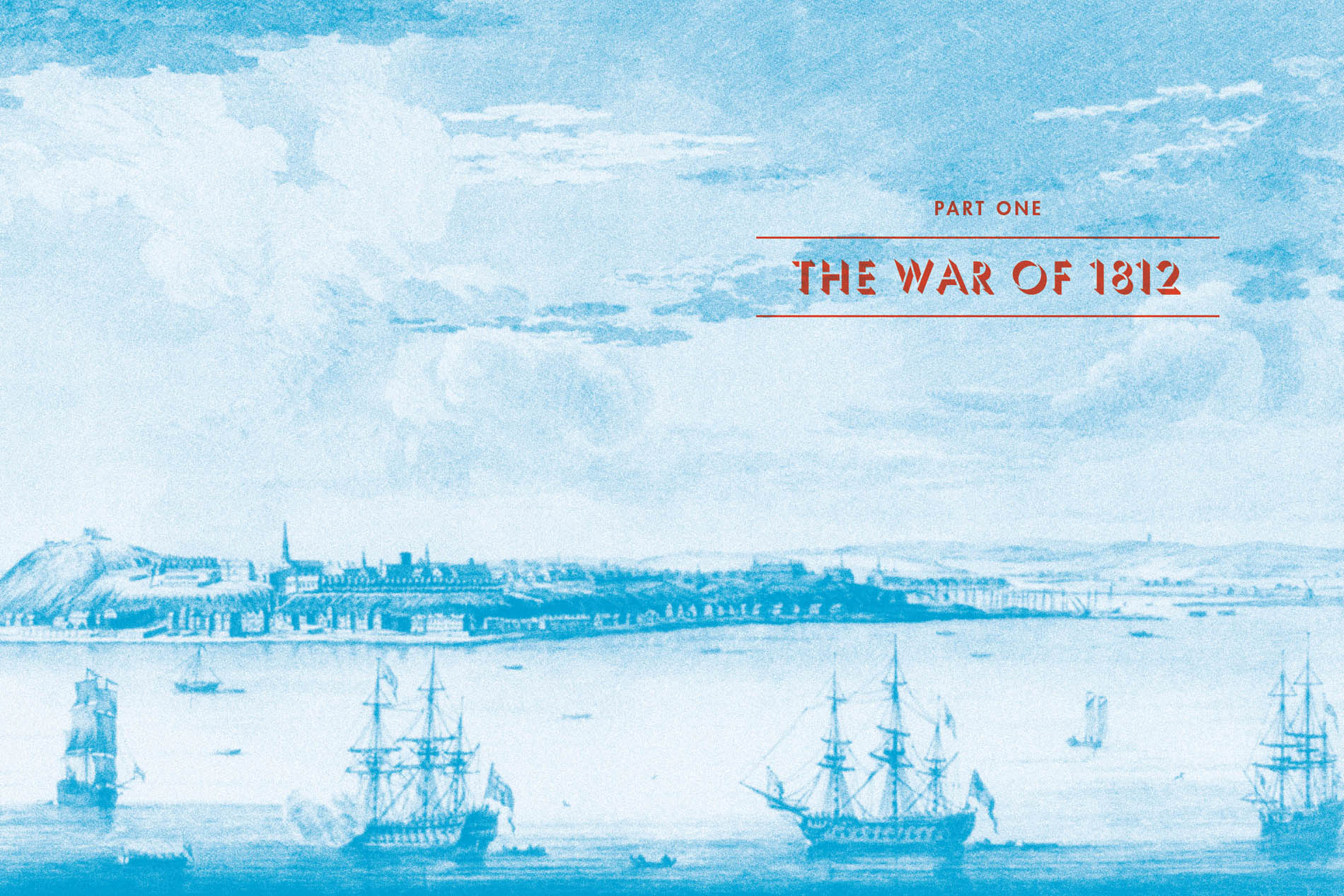
AN IMAGINARY LINE THROUGH THE WOODS
T he British should never have lost the Revolutionary War. The Redcoats were much better armed, more disciplined, and far greater in number, surely the most powerful and feared army in the world at the time. They were not prepared, however, to fight a long war of attrition, had trouble supplying an overseas army three thousand miles away, and were caught off guard when France, one of the worlds other superpowers, entered the war against them, making this an early version of Britains Vietnam. These factors and others led to their final defeat at Yorktown, Virginia, where British commander Lord Cornwallis was outfoxed by George Washington and French general Comte de Rochambeau, and forced to surrender along with his eight thousand troops, the final straw in an increasingly unpopular and costly war back home.

Fig. 1: Lord Cornwallis surrenders to George Washington at Yorktown, October 19, 1781
POURQUOI PAS BRITISH NORTH AMERICA?
W hat would it take to sign a peace accord, British negotiators, led by Lord Buckingham and David Hartley, asked at the treaty table in April 1782 in Paris, at the ironically named Hotel dYork? The Americans, including Benjamin Franklin, John Adams, John Jay, American ambassador Henry Laurens, and Franklins grandson William (as secretary), had an idea: how about all of British North America (the Thirteen Colonies plus Qubec, St. Johns, Newfoundland, Ruperts Land, Prince Edward Island, and Nova Scotia)? If this was to be a new North American nation, and since Britain used Canada as a staging ground in the war the Colonies won, why not?
After first offering eastern Canada (modern-day Qubec), Hartley reneged; his opening parlay, including rights to the Newfoundland fisheries (the Grand Banks), caused outrage back home, so he backed off, then refused to hand over the British foothold in the New World. (This, in fact, wasnt the first time the Americans had gone after Qubec and lost. In August 1775, American troops were defeated at the snowy Battle of Qubec, having foolishly invaded under the false assumption that the French population would join them in their fight against the Crown. What they failed to consider, however, was that the existing hostility between Catholics and Protestants was greater than that between the Quebecois and their British rulers.)
Instead, the two sides ultimately agreed (after more than a year of negotiations) to draw a northern border from the Atlantic, through the Great Lakes, to the northwestern-most point of the Lake of the Woods, and thence on a due west course to the River Mississippi. That this line was imaginary and ill-defined, passing through mostly unexplored woodlands, was left to be sorted out later, a bit of sloppy hand waving that set the stage for a centurys worth of border skirmishes without diminishing the sense that America was somehow owed what became, in 1791, the provinces of Upper and Lower Canada, then, in 1840, the united Province of Canada.
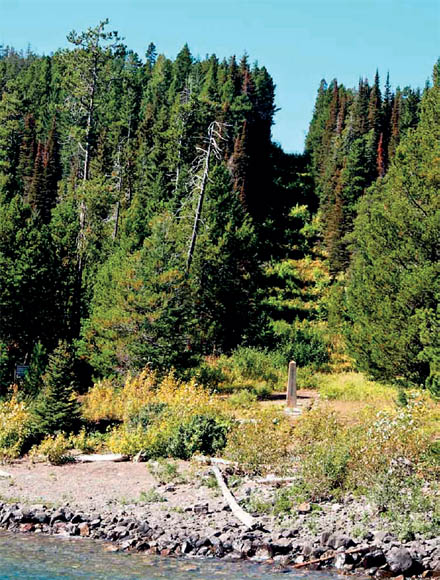
Fig. 2: Much of the friendliest border in the worldand the longest, at 5,525 milesis a twenty-foot-wide mowed strip along the 45th parallel (or, later, as the United States expanded westward, the 49th parallel).
SUCCESS IS INEVITABLE
A lmost as soon as Upper and Lower Canada were created, anti-Canada War Hawks, led by hothead Henry Clay, representative from Kentucky and Speaker of the House (nickname: The Dictator), were spoiling for a fight as an excuse to seize the new provinces, and Britain obligingly offered one in 1807 when its warship the HMS Leopard stopped the USS Chesapeake to look for men to press into service, since any man used to sea was considered fair game for forced conscription into the Royal Navy. The Leopard fired on the Chesapeake, which immediately surrendered after this grueling one-shot barrage; the commander, James Barron, was later court-martialed and suspended from command. This minor day of infamy was the first beat in drumming up a war with Great Britain that Clay and the Hawks needed, which they finally won on June 18, 1812, the official start of the War of 1812. If naval impressment was the cause, then Canada was the instrument to redress Americas injuries. Clay famously proclaimed, Our wrongs have been great; our cause is just; and if we are decided and firm, success is inevitable.
Next page


